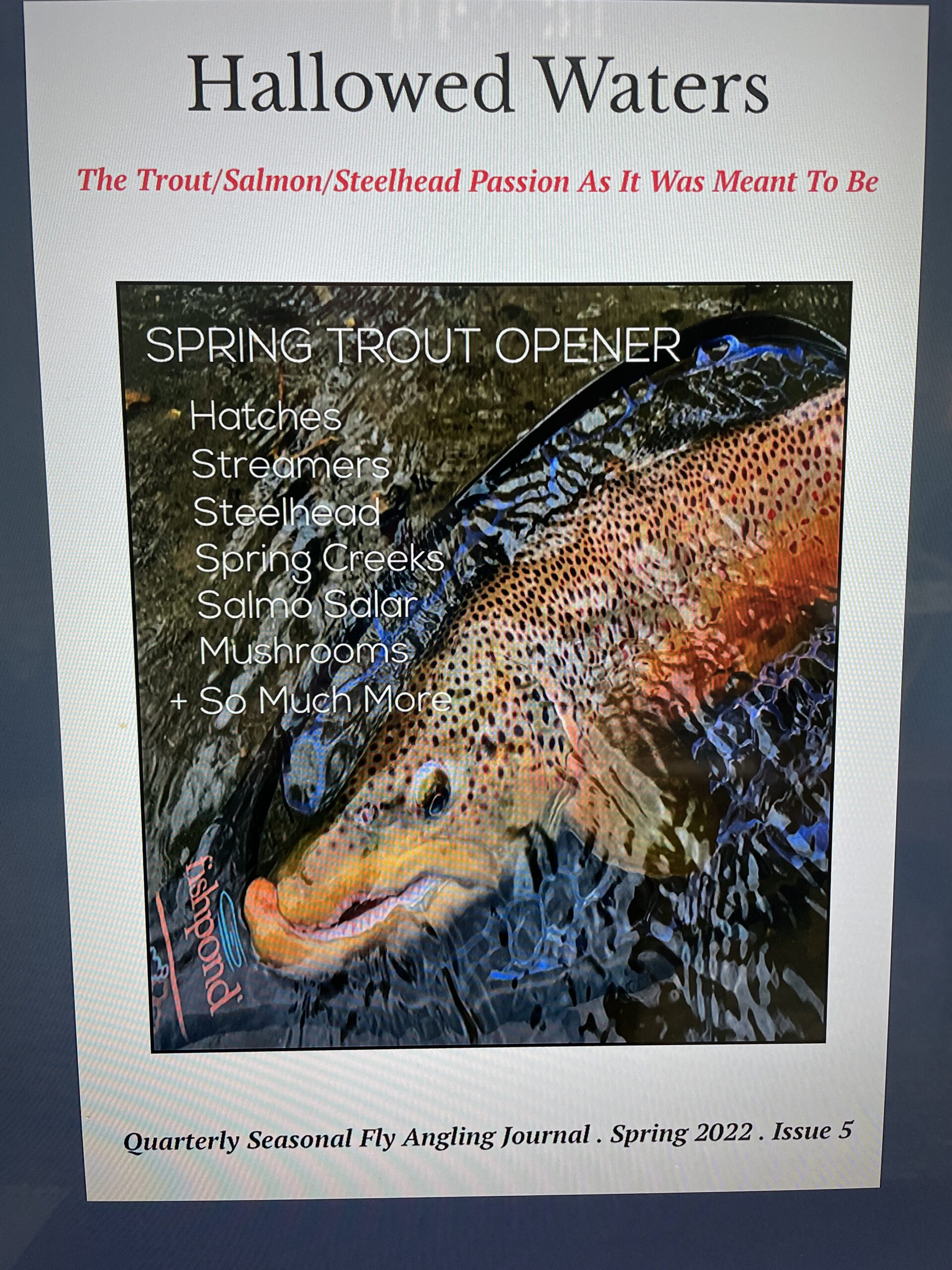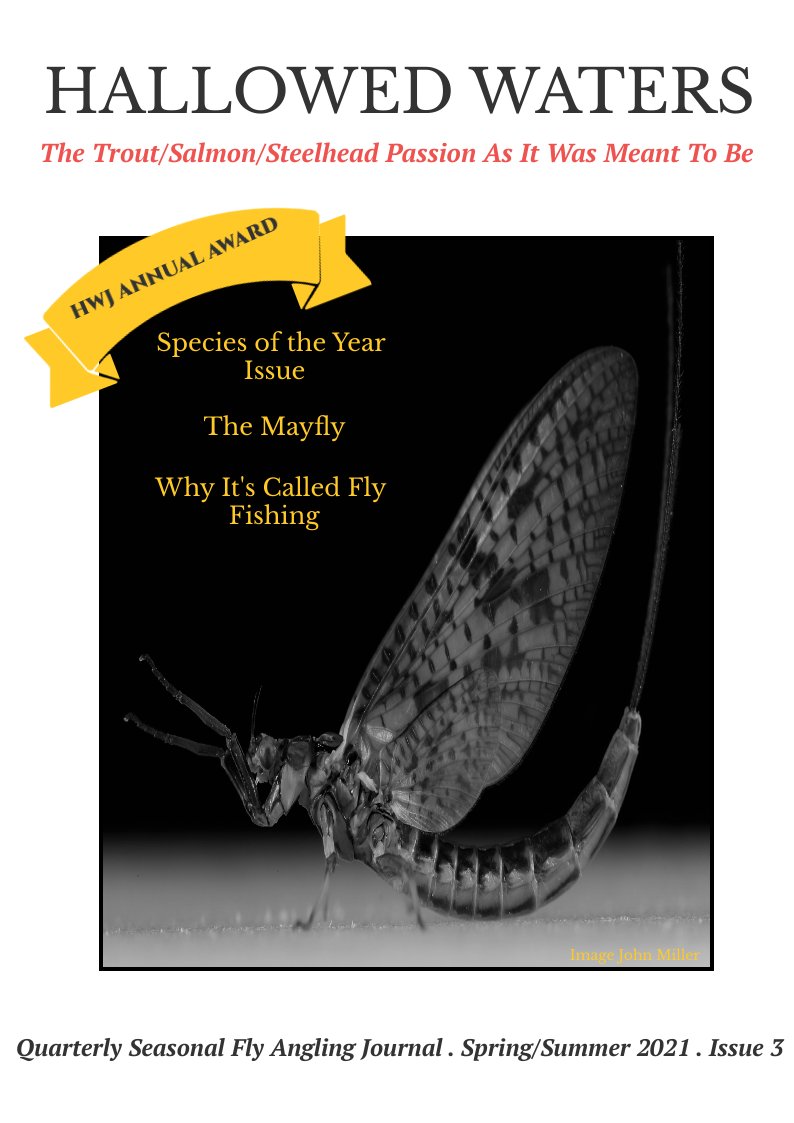It’s truly amazing that the more you think you have finally figured out shit, the more you realize you dont know shit! This especially applies to the natural world of trout, insects and entomology that forever are evolving and unraveling in more complex ways with climate change. As the elusive natural world around us just doesnt follow our protocol and way we mortal humans comprehend things, which sadly is often very egocentric and virtuous to our favor, we often assume, pass judgement and think we have the answers to nature- thankfully we don’t!

The introductory image of a gray drake landing on my finger as client John smokes a cigar tells the whole story. Like manna from heaven a gray drake spinner lands on us. Just days ago we lamented that they: the Muskegon River Siphlonurus mayflies, were eradicated by a severe prolonged drought and gone. However you have never have seen two grown men act like children and practically tear-up to see bugs landing on them. After a brutally hot and drought filled summer of 2021, our Gray Drake/Siphlonurus hatch, probably the most dense and long staying large mayfly hatch I have ever witnessed in nature around the globe disappeared completely and mysteriously. But!… they are back to our surprise and joy! As client and Montana Trout Bum magnifique:John Gryzbek, prepares his Bamboo rod for action to active risers as I tie on my perfected gray drake Siphlonurus spinner in the above image. A guide’s life in the spinner head hunting game is good again!
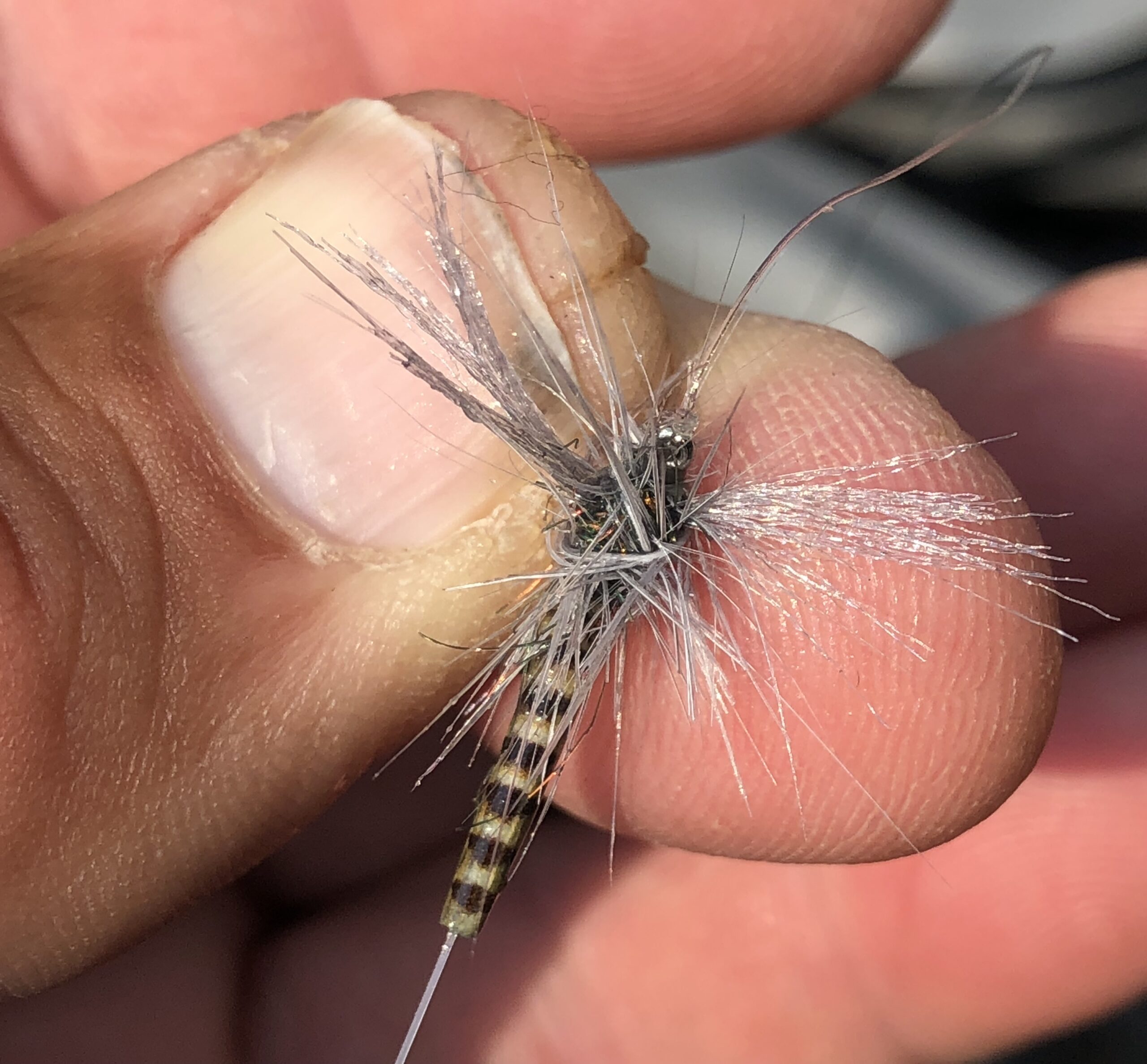

It’s amazing how nature and what was the old normal now gives us the new bizarre and unusual weather patterns the globe is dealing with. Nature is an amazing force that kicks our ass and embarrasses us. Just when you think you have a good understanding of it-it marvels, punishes and baffles you. 2021 was a brutal year on our Michigan and Midwest rivers. We had one of the worst sustained droughts in a century, after one of the heaviest rain filled flooding years of 2020 that flooded entire Michigan towns like Midland, broke dams and destroyed crops and fields. Such bizarre weather extremes are the new normal with climate change. Mayfly hatches like moisture/humidity, cool air and water. Those were next to impossible things to find in the dry and hot drought conditions that stifled Midwestern rivers. But unfortunately to our immediate gratification “streaming now and in the moment ” culture, we could barely remember what happened yesterday, let alone a year ago. To mayflies having extreme dry and hot weather these are catastrophic concepts. The catastrophe happened.
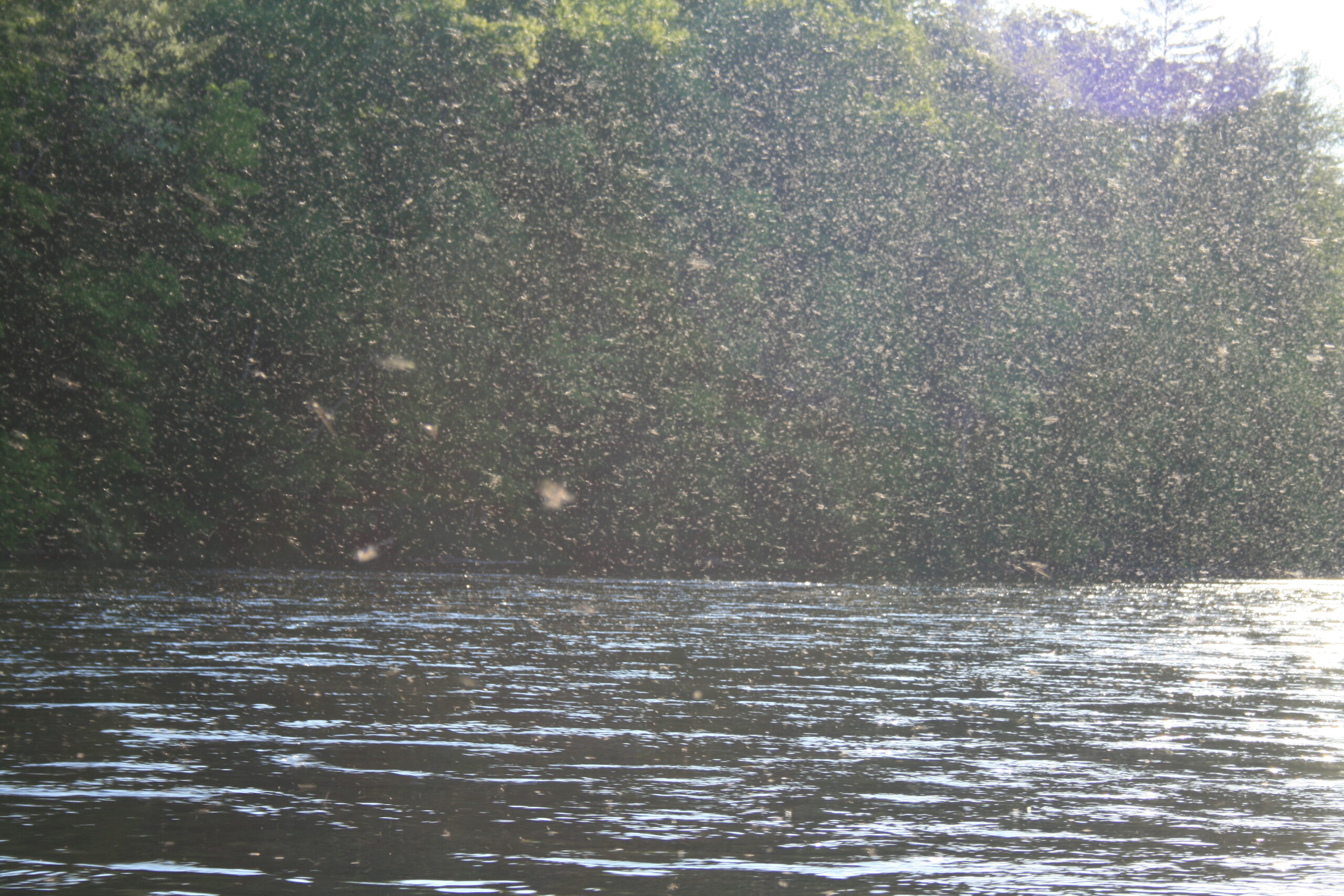
Certain mayflies like Siphlonurus, Leptophlebia and even Isonychia are shoreline emergers. They thus migrate to shore, backwater sloughs and swamps on the river’s shorelines as nymphs and hatch by crawling up on vegetation, woody debris and rocks in the middle of the night to emerge. Once there they climb into the trees and molt into spinners to return the following evenings and mornings to spin, couple and mate, laying their eggs above the riffle’s and broken water. They often lay eggs on cars and other shiny objects including warm, wet road pavement.
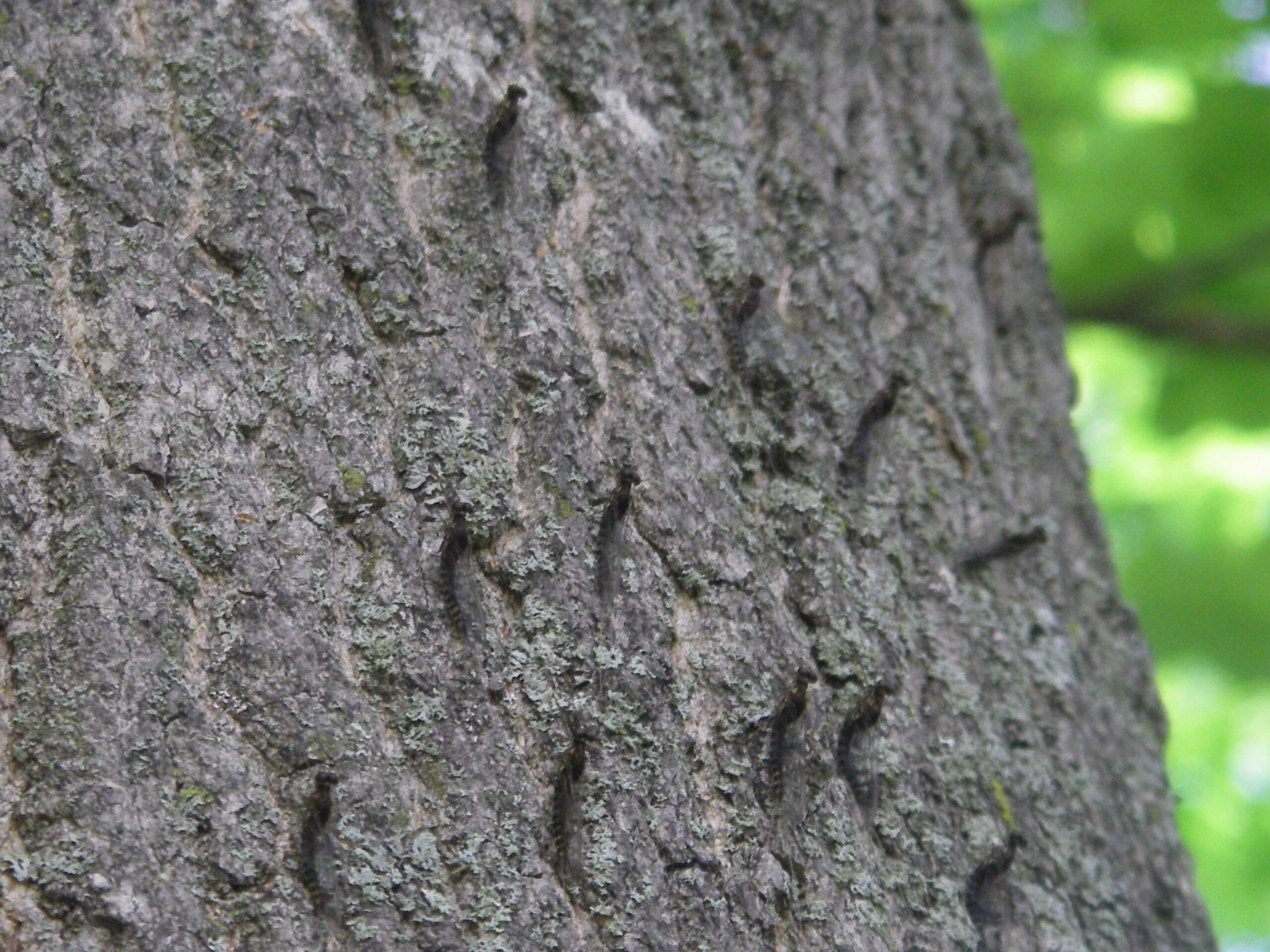
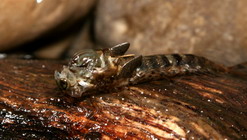
( The “Bug Doctor”: guide and entomological master Johnny Miller wandered the swampline shorelines of Michigan’s Muskegon River night after night to capture this image of a gray drake in search of a the elusive gray drake dun adult whose image and sight of was extremely rare even for entomologist’s to trace except for western versions that tend to emerge often from the water. Here is one of the rare adult dun gray drake images in the world. Miller set up aquaria and spent the night listening to heavy metal and photographing the rare hidden world of this phantom hatch as noted Michigan fly fishing icon and Orvis fly shop owner Dick Pobst labeled them in one of his many articles for Fly Fisherman Magazine in the golden era of John Randolph’s vision. He had a 100.00 reward out for anyone that would find an adult dun which eluded even entomologists. Miller answered to his challenge and won it! Notice the nymph crawling up on the stick and hatching. Siphlonurus drake nymphs are rapid swimmers and swam around like tiny minnows along the shoreline, which confused Miller as he was scooping and seining for drake nymphs- he thought they were tiny salmon fry and pinhead minnows!)
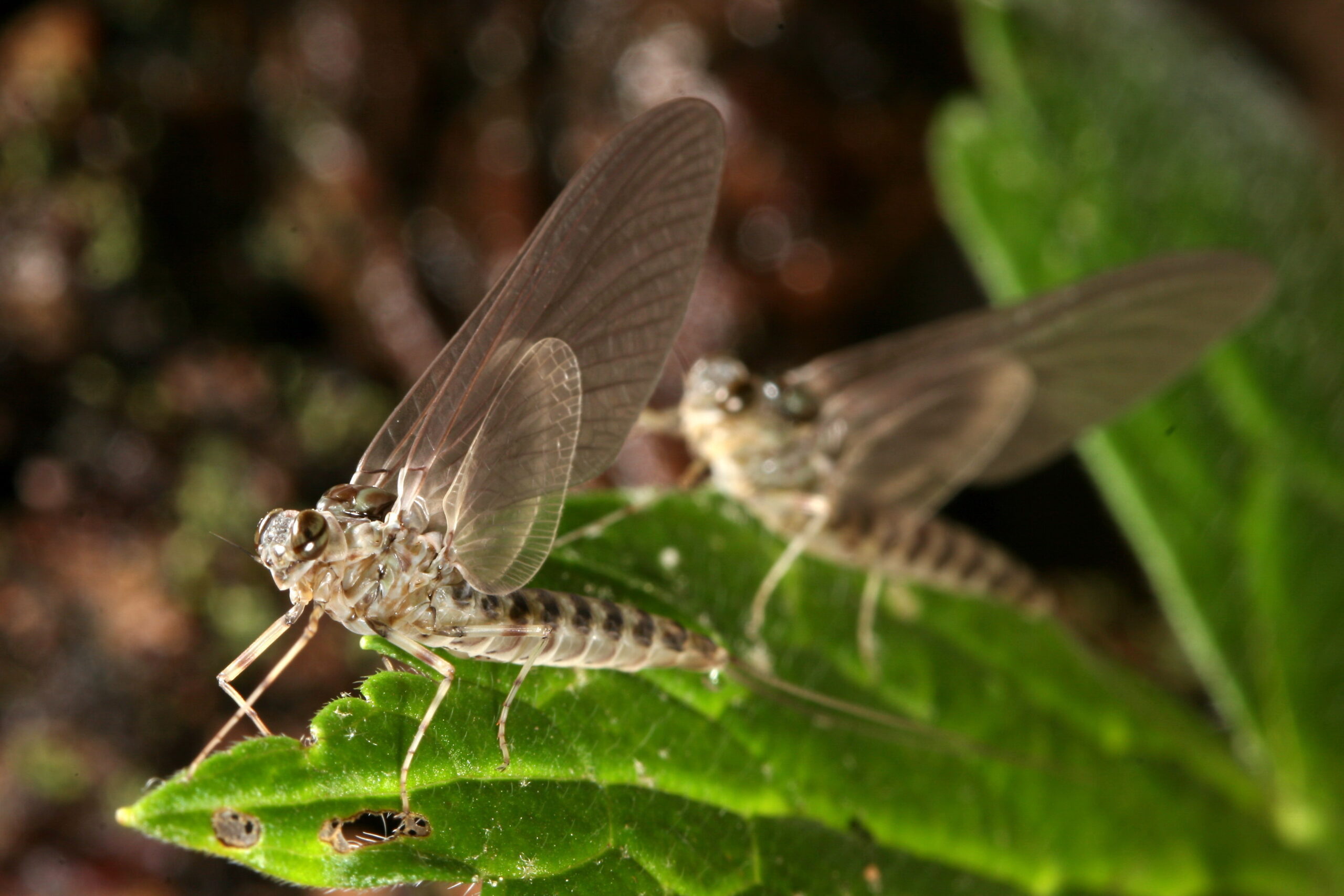
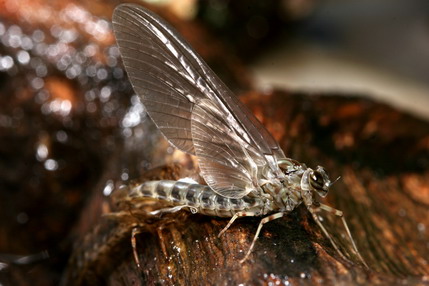
As the mystery of where the drakes were hatching puzzle was solved it was obvious that shoreline habitat was important to be present and close to the river with lots of moisture and full, healthy spring river flows from rains that were the evolutionary cyclical norm of climate in temperate zones like the Great Lakes and East Coast. But then the long dryness started right after the flooding and lasted for 16 months.


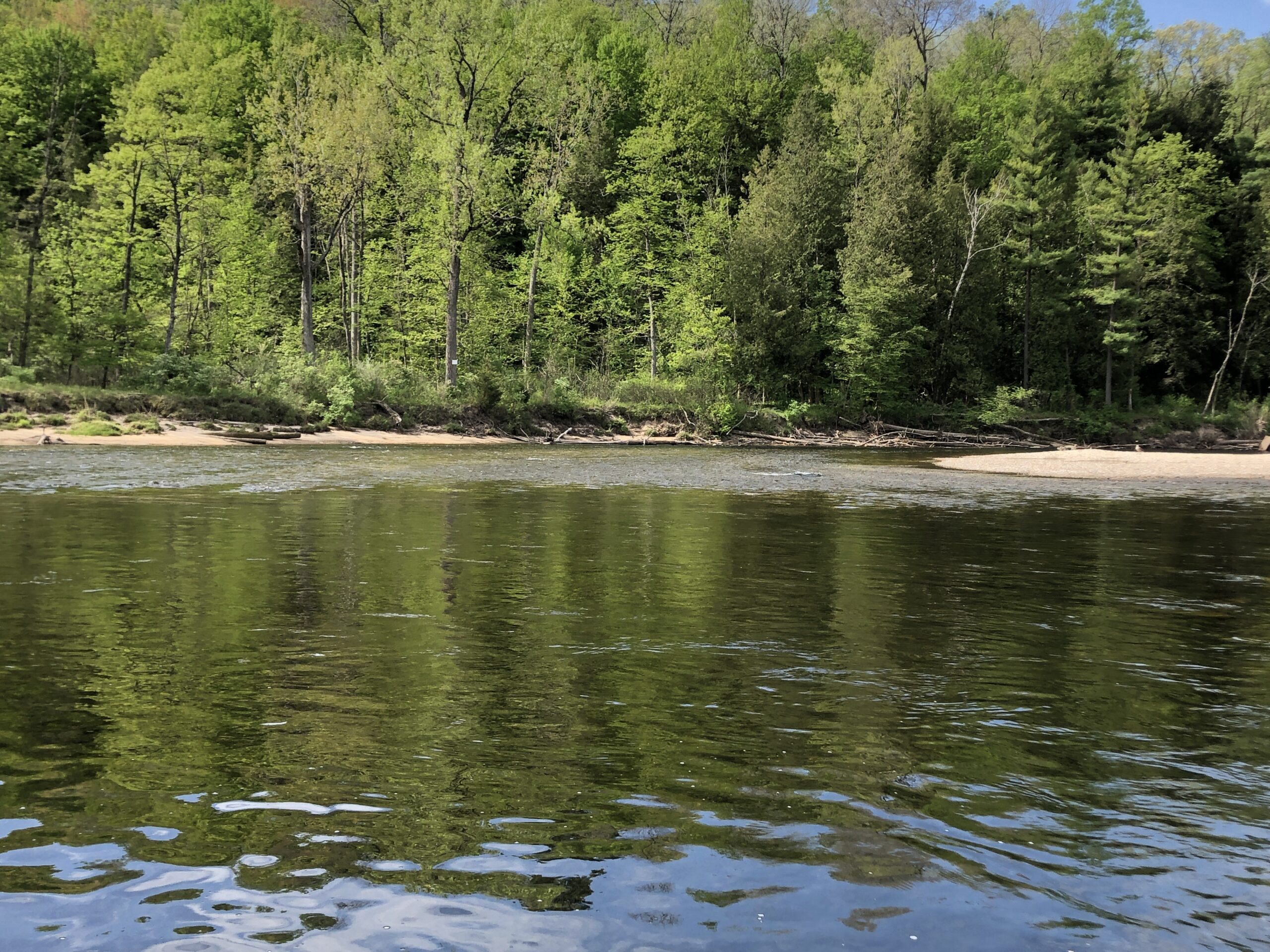
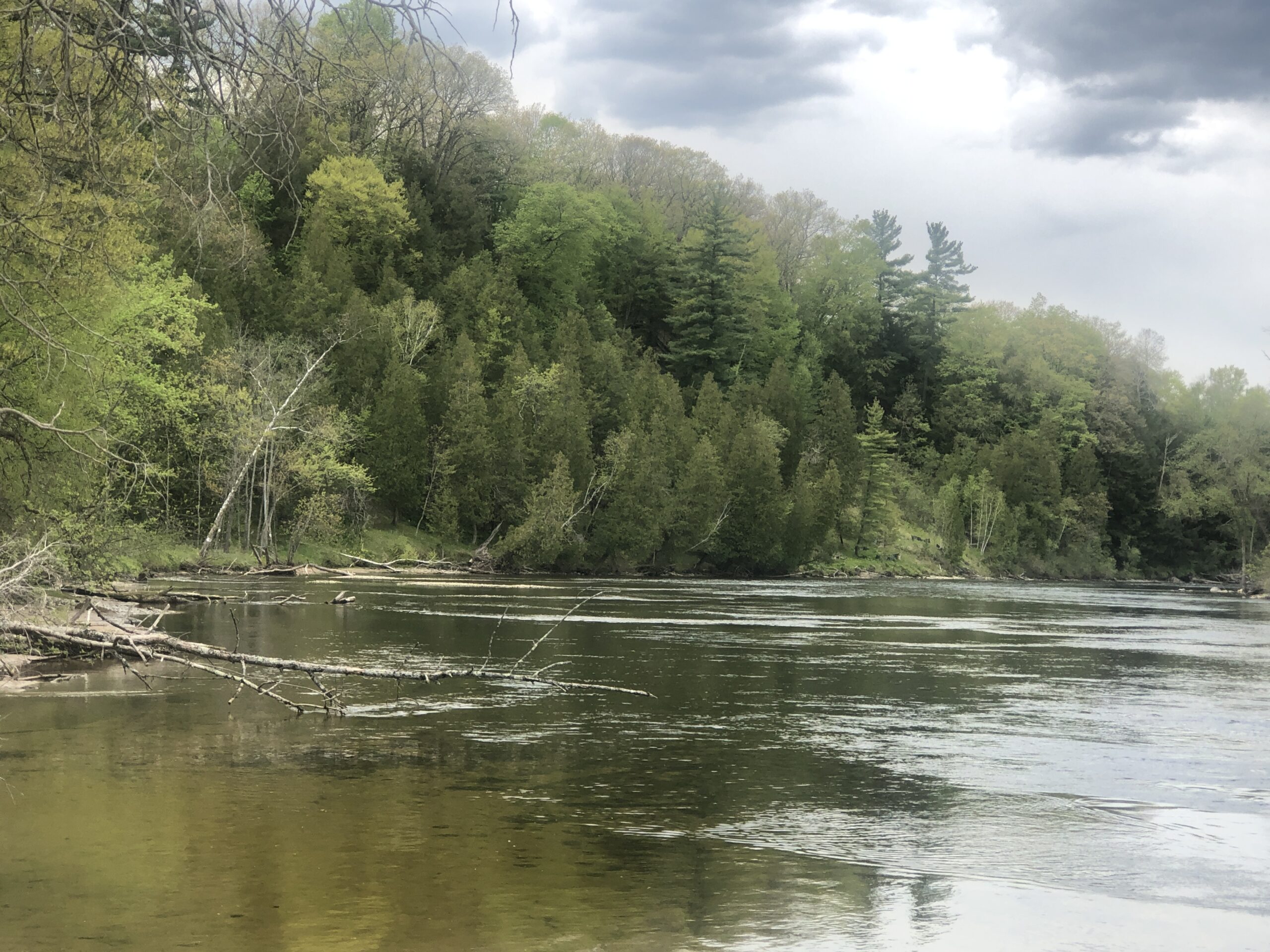

When the spinner clouds of drakes didn’t appear in 2021 in massive swarms at the start of the May season like they always do all the dry fly addicts and hatch chasers were stumped and in disbelief, especially after the most massive and unbelievable hatch we experienced in 2020. Nobody had a clue other than low water conditions and dry, heat induced weather maybe had an “off year” effect on the mayflies. We had seen dry drought years in the past but still had drake mayflies. But nothing comparable to the magnitude of 2021. Theories were flying and I was obsessed to figure it out somehow, someway. I called entomologists, university science and entomology departments to no avail. They really didnt have an answer for me since very little information is logged in chronicles and research papers on the elusive Siphlonurus mayflies. To go from massive hatches to nothing is so bizarre they said.
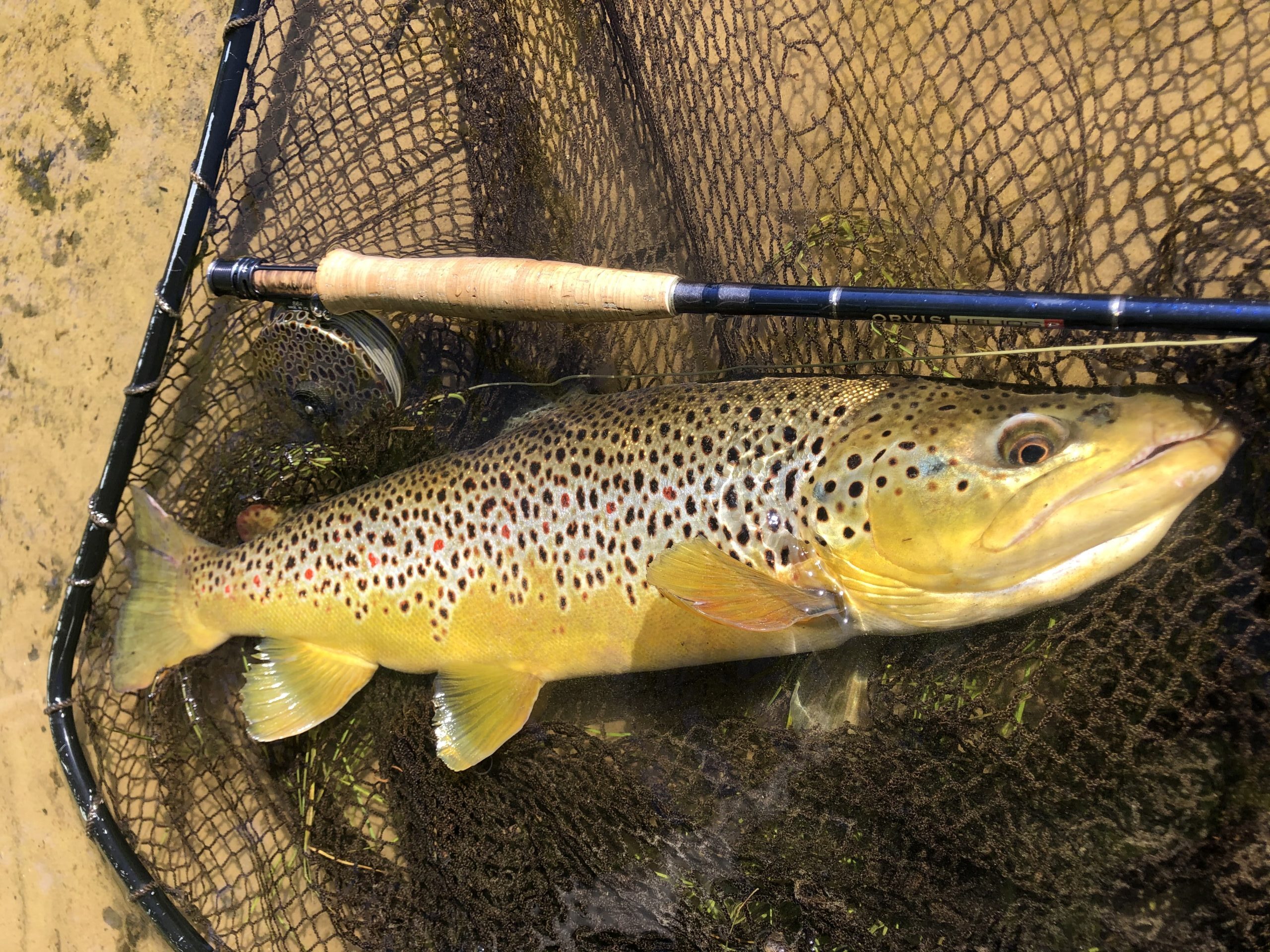
So left to my own reasoning and mayfly acquired knowledge from good friends who were my fishing partners along with being great mayfly authors like the late Carl Richards, Dick Pobst and grand mayfly guru Al Caucci, I began to use my understanding and reasoning about mayfly life cycles and emergences. One thing we knew for sure was that drakes laid their eggs over broken riffle waters. The nymphs’ hatched in the gravel and spent their first 9 months in gravel mainstream bottom areas feeding and migrating from different foraging sites. About two months before emergence ( March/April time period) they start their slow and steady migrations toward the shorelines from the main stream bed riffles. At precisely that time our river levels were dropping drastically from no winter snow precipitation and melt-off, no spring rains and very dry and bitter cold nights. No rains came in the spring of 2021 and more exposed gravel bars and stream banks were showing every week at alarming rates in a time where our rivers are usually flooded and full of water.
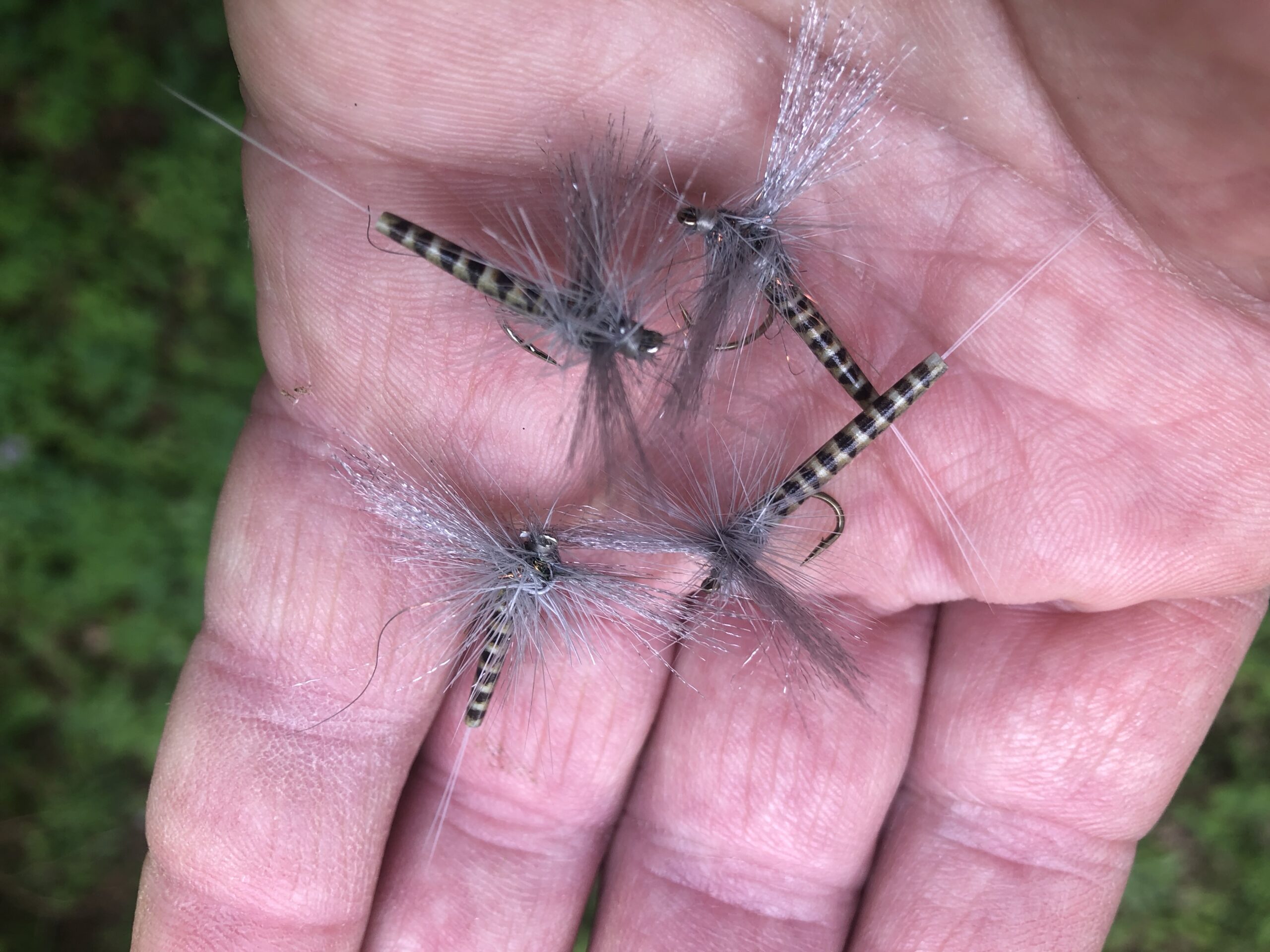
As can be seen by the river images above entire sections of river and gravel bars were drying-up. Areas that should be waist or chest deep were now ankle deep or dry. Th avian predation from herons, osprey and eagles was become vicious and brutal for the trout populations. Every trout caught had claw or poke marks from birds.Thus as the water levels kept dropping, the gray drakes nymphs were migrating to shore and to their deaths. Often once in a shoreline area, the next night or day found them in dry bedrock and frozen to death by very cold spring nights of high Arctic pressure system parked over us and not keeping any moisture in the air and climate. It was a “slaughter” akin to Pickett’s charge for the Siphlonurus nymphs as they attempted to climb the banks and shorelines to emerge.

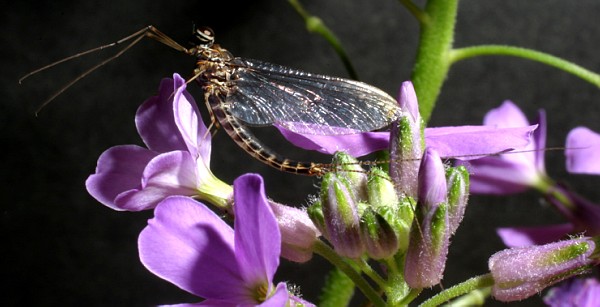
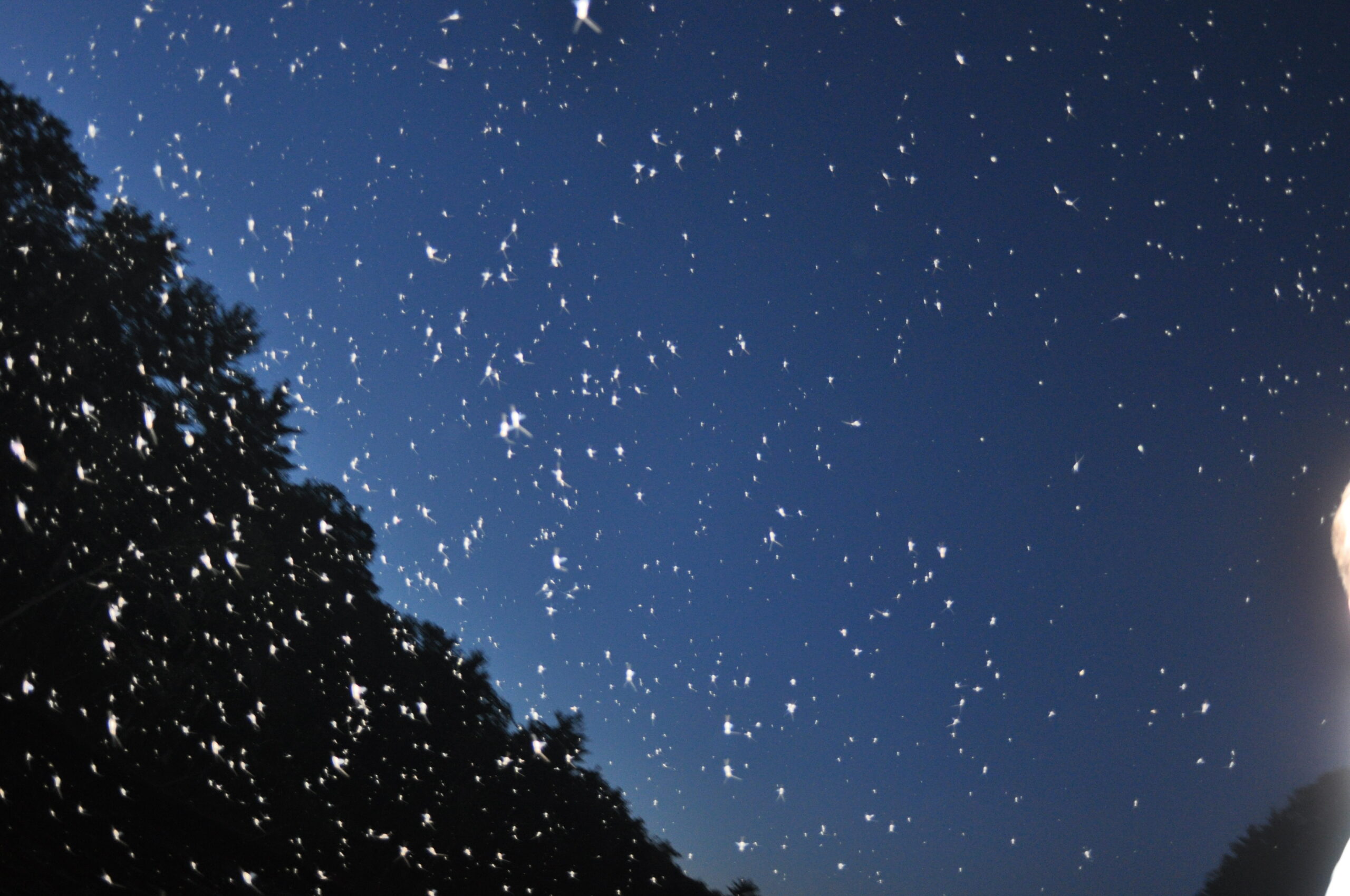
So I decided on the inevitable verdict that 2021 year-class gray drakes all died and perished as they migrated to the shorelines in a bizarre unnatural drought event that made no sense with the normal evolutionary climate of wet cold springs that the temperate climates have been accustomed to for millenia. Yes we had droughts before, but nothing as severe and long sustained as Michigan climatologists were complaining about. VERDICT OF MY CORONER’S DUTIES: DEAD-GONE! could only explain it. It’s not like they have multiple spawning life cycles like fish that forgoes a year class of spawning. It’s a 365 day life style and what you sow you reap next year, not what was previously reaped.
Months later when I started my Hallowed WatersPodcasts https://open.spotify.com/show/5jeEdcGqhGMZFn0xMcLZOj I had my first guest: “The Big Brown Trout Night Stalker-Tommy Lynch” I reveled my findings to Tommy in the broadcast and it made perfect sense to both of us. We estimated it would take decades if it came back to fishable numbers.

But Wait!-They’re Back!
Trout fisherman and bug experts are plagued by too much knowledge and also the lack of it. This is what happens to us the more we think we know. And how dare we/I lose faith in the beauty of nature to protect, preserve, buffer and have a back-up plan to heal in the finest natural way. We often see that in trout streams we often say” ….It’s fished out- no fish left!”, to only later discover by a fish electroshocking crew to have a crop of wild trout living under the radar. In a spring poised for despair and no gray drakes, we started to despairingly chatter until a guide friend Michael D. asked the bitter question:” See any?”…”nope”, was my reply. Then it came. His cell phone video was transmitted like the delivery of message from Archangel Gabriel sending a message from God one evening as if the Star of Bethlehem, or the doors of Noah’s Ark opened as the flood receded. That night he saw spinner mating flights, clouds of drakes in the lower river heading up river fast. I was startled, teared-up, elated and perplexed all at the same time.I failed to take into account the mayfly hatching migration cycles from lower to upper river, and different water habitat and river structure that all have the ability to buffer and protect- forgive me mayfly gods for my lake of faith!
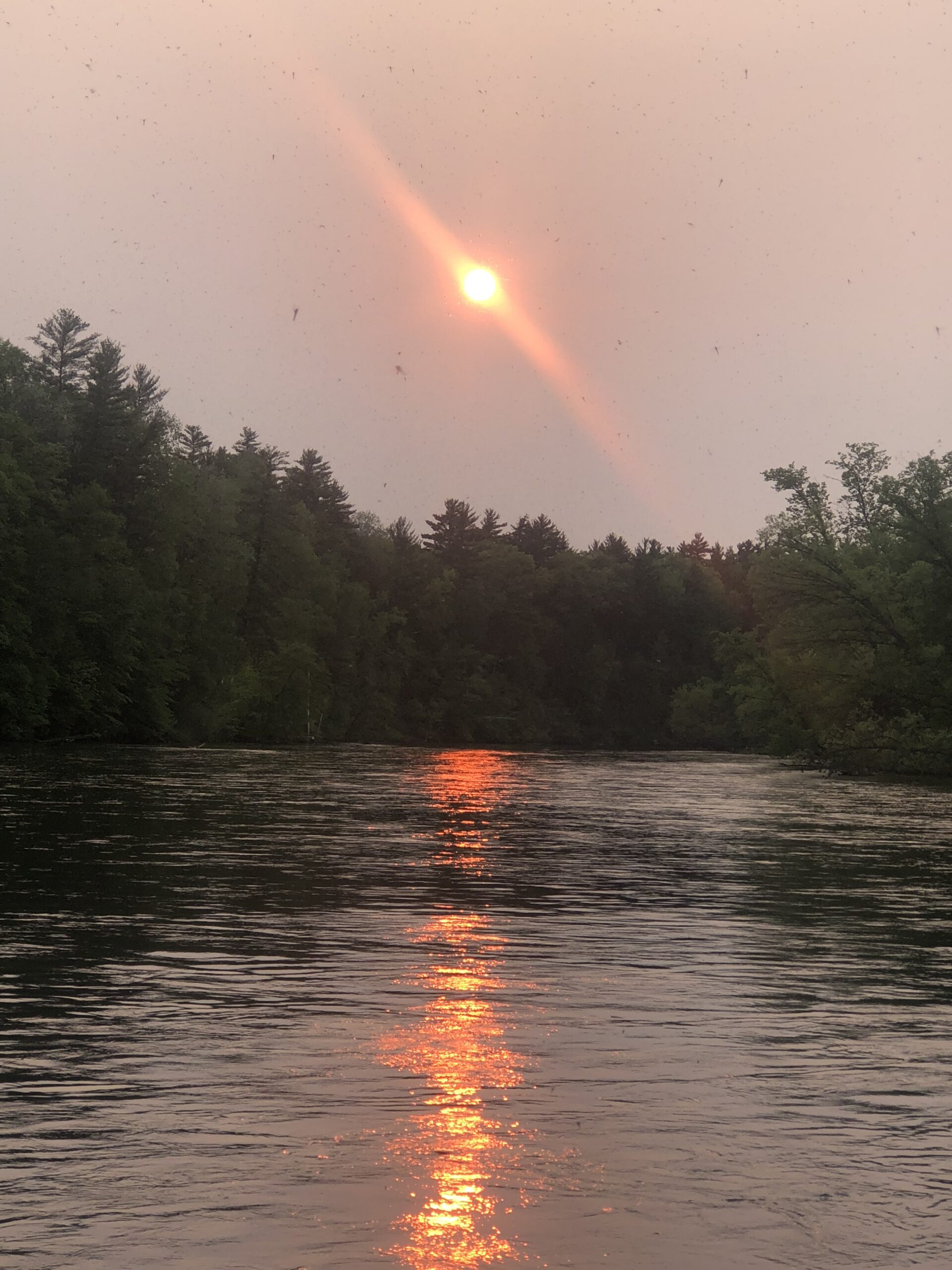
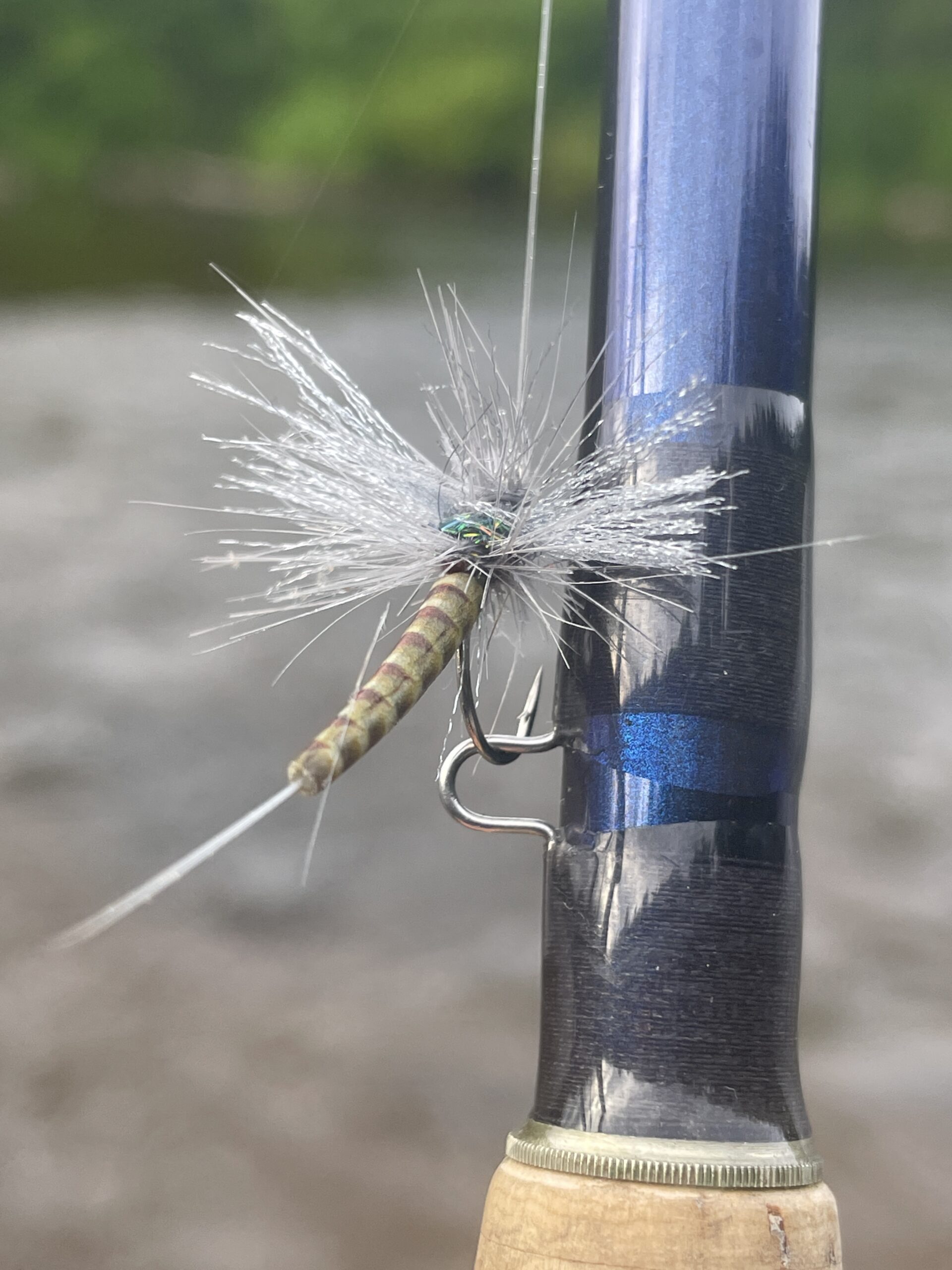
CASE SOLVED
Though the hatch this year was very weak to a scattering of a few spinners in the sky compared to previous years, the joy resides in the fact that we didn’t lose them. Each mayfly generation must leave eggs to have another brood and generation. One generation lost in a 365 day life cycle is a population totally eradicated.The upper 14 miles of tailwater of the Muskegon is considered the prime trout and drake mayfly water by its gravel/pool structure.The lower river can be flatter, deeper, swampy and at times a total void of specific trout stream-like structure. It is here that the drought would have the least impact since the river structure is not as gradient filled and thus would not dry up as severely in this floodplain setting. It is here that the haven and harbor to keep the Siphlonurus drakes would occur and so it did. With depth and vegetation and wooded debris closer to the banks, along with wetland swamps as part of the banks, the severity in drought was not as visible and impactful. And it was from here that the first flights of drakes probably took flight and origin. The mayfly spinner flight progressions usually start in the lower river waters where temperatures warm up sufficiently and the quickest, and thus migrate upstream nightly to the rivers source.Thus it is here that “Noah’s Drake Ark” had refuge and safe haven. And it is through here our dry fly joy and hatch chasing madness owes much too.
Long live Noah’s Drakes!
Matthew Supinski
Publisher/Editor www.hallowedwaters.com
( Hallowed Waters Journal is coming in hard copy glossy editions in a few weeks. We hope you have enjoyed our journal and podcast content and we thank you and are blessed for your amazing support!)
